What educational approaches proved more resilient and equitable during the pandemic?
Reflections from the New Profit Personalized Learning Initiative
May 18, 2021In the summer of 2017, New Profit invested in a carefully selected group of education organizations focused on personalized learning through our Personalized Learning Initiative (PLI) in partnership with the Bill & Melinda Gates Foundation and Chan Zuckerberg Initiative. These eight organizations represented a variety of approaches to strengthening personalized, competency-based learning — learning that is grounded in supporting the unique needs, interests, and strengths of each learner — and creating more equitable school systems across the United States. We never could have imagined that in the final year as a cohort, the world would so dramatically shift.
With many school buildings closing their doors for much of 2020 and 2021 due to the pandemic, teachers and students had to make radical adjustments in the way learning happened. The stark shift to remote learning laid bare the inequities and fissures that exist in many school systems, as educator teams across the country struggled with recreating a one-size-fits all learning experience virtually. The organizations in the PLI cohort confronted a new reality – they had to figure out how to shift their work to meet the needs of students in a virtual world and how to support their teams through unprecedented challenges.
We recently got together (virtually of course!) as a cohort to discuss and reflect on the experiences of this past year in education – what have we have seen and learned, what has inspired us, and most importantly how we can leverage this unprecedented investment in American education to usher in a better, more equitable future of learning and the education system. Amid the challenges of the last year, the leaders in the PLI cohort noticed a few moments of light:
- Schools that were collaborating with PLI organizations prior to COVID were more resilient and able to adapt to the turbulence and uncertainty of this past year.
- Schools that were already effectively implementing personalized and competency-based approaches could pivot to the virtual environment more quickly.
- Schools that already invested in deep relationship-building with their students and families like schools in the Big Picture Learning Network, Valor Collegiate Academy and those partnered with PowerMyLearning, LEAP Innovation, and Highlander Institute maintained high attendance rates and sustained strong relationships through all the tumult that COVID-19 brought their way.
Ultimately, the promise of relationships and personalized, competency-based learning was playing out across Zoom screens and Google classrooms in states across the country.
Moments of Inspiration | Stories from the field that gives us hope for the future…
Many of the structures and forms of the education system in the United States have long looked much the same. What has been referred to as the “grammar of schooling” — students in rows, teachers at the front of the room – a daily rhythm and cadence that evoke factories and batch production lines fail to recognize the unique interests, assets, and capabilities of individual learners or prepare students to engage in our communities and solve the problems of our future. Children’s circumstances at birth – their race, their socio-economic status, and/or primary language – largely predict the course of a child’s academic life. Organizations in the PLI cohort have been working to re-envision and reinvent this system for many years.
However, “Personalized Learning” has often been viewed as an “add-on” rather than essential. Yet, the organizations in our cohort observed that it is the components of personalized learning – student agency, relevancy, or competency-based progressions – that have made the difference in this challenging year for how many schools and districts connected with and supported educators and students and their families.
Throughout this past year, it has become clear that the tenets at the basis of personalized learning are essential to learning engagement. This clarity has provided a path for redesigning the future of learning and our education system more broadly. Specifically, we can return from the COVID-19 pandemic with:
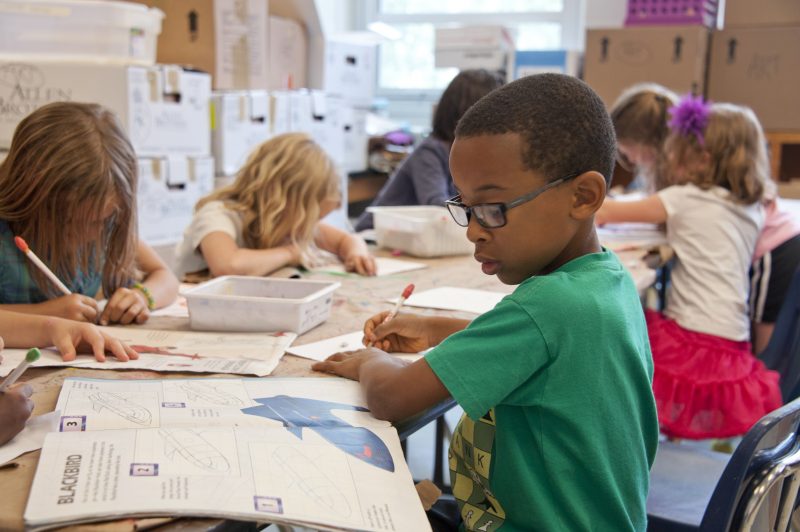
1.) A commitment to comprehensive student development — As schools navigated the changing landscape in COVID-19, there was an increased focus on the physical and mental health of students and educators. This past year has exposed all our communities to trauma and required schools to think more holistically about the need to support students’ emotional well-being and identity development, while also strengthening relationships in school communities. Even while schools navigated classes online, educators could intentionally create opportunities to build relationships differently with students and with their families. Teachers could use private chat to see how a student was doing without the student needing to reach out and ask for help. And teachers were able to get to know students’ families in a way they were never able to before.
Where we are seeing this come to life…

Aurora Institute: At least nine states have developed “Profiles of a Graduate” that define student success in K-12 education with a broader view than our proficiency-based accountability systems have in the past. With the support of Aurora Institute, states like Kentucky, New Mexico, and Virginia have adopted profiles that emphasize social-emotional learning and development areas such as collaboration, civic involvement, and career-oriented skills.
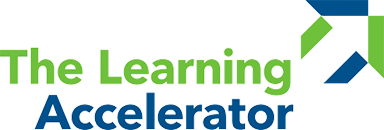
The Learning Accelerator: Through their Hop, Skip, Leapfrog study, The Learning Accelerator identified emerging whole-child strategies from districts across the United States. For example, in Metro Nashville, leaders mobilized a core of 5,600 adults to act as weekly point people for every child in the district, checking in with students and families on needs and progress running from academics to mental health to food security. Central data collection across the “Navigator” program helped district leaders push-in support to schools as well as enabled collaboration at the school site level.
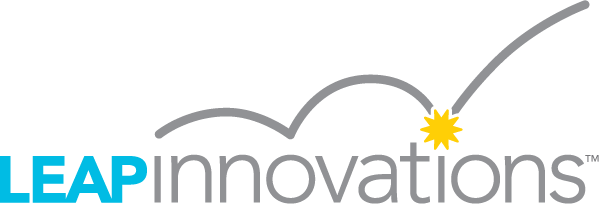
LEAP Innovations: Teachers at LEAP partner school Acero Esmeralda Santiago Elementary, which serves a greater number of diverse learners than many of its peers across Chicago, conducted virtual home visits with every family (270 students) before the start of the school year. Teachers used the background and insights they gleaned to co-create learner profiles with their students. Every morning at 8 a.m., teachers host check-ins with small groups of students to assess their social-emotional needs and make sure everyone is prepared for the day ahead. The school also offers one-to-one mentoring, which reinforces the instruction students receive in the classroom.
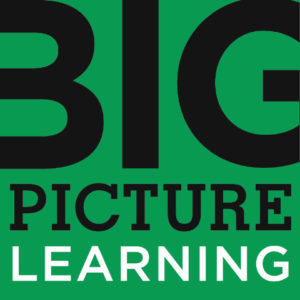
Big Picture Learning: Relationships have always been at the core for Big Picture Learning and as schools reacted to COVID-19, Big Picture schools focused on connections, consistency, and care. As schools transitioned to virtual learning, Big Picture students experienced consistency through their advisory model where they connected with advisors and a small group of peers regularly. Big Picture school leaders also focused on holistic care for the students and families in their school communities – determining who needed food assistance, housing support, or other support through regularly engaging with students and parents.
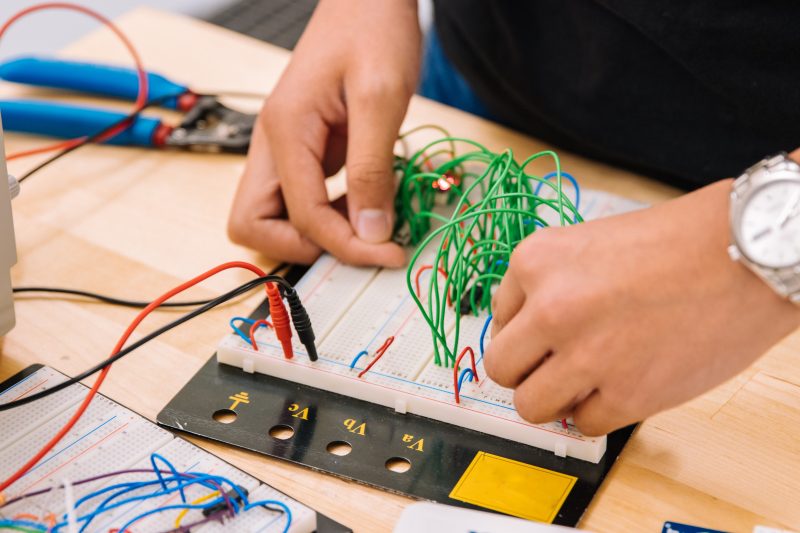
2.) An increased appetite for – and the necessity of – innovation at the macro and micro levels – This past year, teachers had space to innovate and test out new ideas. Schools and teachers quickly adapted and shared new ways of working. The ways in which rapid innovation took place helped build new and different muscles for educators and school districts. We saw a shift in how schools thought about their work to be planning for learning rather than planning for teaching with a broadened understanding of learning happening throughout the community and not just in school buildings. In policy, we saw an increased demand for innovation zones, alternative pathways to graduation, seat time flexibility, and pauses on existing assessment and accountability systems while reconsidering their purpose and efficacy for the education systems.
Where we are seeing this come to life…

The Learning Accelerator: The Learning Accelerator recently completed a study of 20 districts and their responses to COVID-19, profiling over 100 changes in teaching and learning practices and systems conditions. They found a broad range of innovations – systems piloted new practices ranging from using inquiry projects, to multi-grade level classrooms, and mastery-based grading practices. Schools had to re-think the use of space and sought out new locations where students could be effectively physically distanced; this created opportunities for outdoor instruction and enrichment and public performances (on the internet and through student-created drive-in theaters). Educators re-thought how they could engage with students, exploring bringing together students across schools for interventions together and working on teams to deliver instruction.
![]()
Transcend: As schools and education leaders across Transcend’s Design Community responded to COVID-19, they saw opportunities to innovate. One school, Red Bridge, opened for the first time this year with a model grounded in cultivating learner agency, defined as “the ability to set meaningful goals and have the will and skill to achieve them.” Red Bridge departs from a school system that rewards compliance with one that rewards agency by moving students through “autonomy levels”.
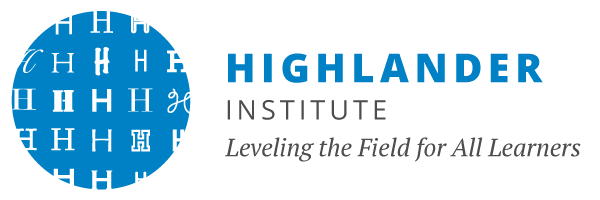
Highlander Institute: Highlander Institute partner school Central Falls School District is working to re-engage students post-COVID through a community-led learning pod model that will re-engage students while simultaneously diversifying the educator pipeline. The learning pod model trains up to 30 pod leaders to support up to 200 students. As Central Falls and Highlander work to develop this new support model, they are focused on providing unprecedented levels of personalization for their most vulnerable students and offering new levels of relevance, connection, and purpose for learning through connecting students directly with community members.
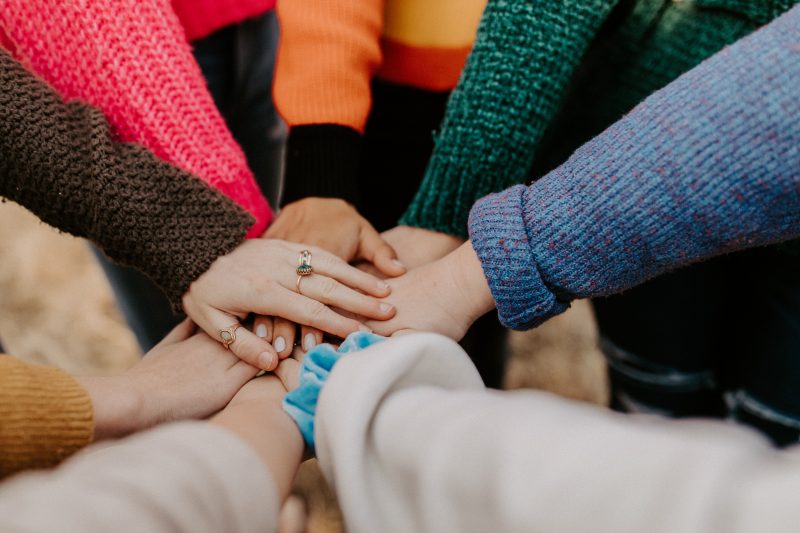
3.) Deep partnerships between students, communities, families, and schools – Many parents were closer to their students’ educational experiences in ways they have not been before. Schools began thinking differently about designing liberatory experiences with families and students together and viewing communities and families as essential assets in students’ learning experiences. Where schools in the past have sometimes held inaccurate assumptions that parents may be disinterested, teachers and parents across the country found new and different ways to partner in the design of learning experiences this year. Parents and caretakers had the chance to see what kids were doing all day “at school” this year. Moving forward, schools and families have the opportunity to work together to pursue educational re-design processes that focus on comprehensive student development and the purpose of education. Engaging students, families, and communities involves educators developing new mindsets and skills, but it also has the potential to make education systems more responsive to students’ diverse assets, needs, interests, and aspirations rather than ranking and sorting students into narrower groups like “college-” and “non-college track.”
Where we are seeing this come to life…

PowerMyLearning: PowerMyLearning’s Family Playlists are fun, interactive assignments that empower students to “learn by teaching,” invite families to participate in learning, and lead to deeper conversations between students, teachers, and families about students’ growth. Jillian Frediani, a 6th grade science teacher at Alliance College Ready Academy 12 in Los Angeles, said Family Playlists were particularly beneficial for supporting learning during school closures for her students who speak Spanish at home and for supporting her relationships with those students’ families.

LEAP Innovations: At LEAP partner school Belmont-Cragin, the school team nurtured the development of parent communities to support one another with their needs and challenges in their children’s at-home learning. They helped one another with technology and ideas for engaging their students with learning outside of class. Students and educator teams across LEAP partner schools maintained the practice of student-led conferences, in which students shared their progress, goals and plans against their goals with their parents and teachers.

The Learning Accelerator: In TLA’s recent study of 20 districts and their response to COVID-19, they found examples of deeper, proactive engagement with students, families, and communities. For example, in Monterey Peninsula (a TLA Strategy Lab District), leaders launched an empathy interview and co-design process with students and families to address challenges in high school engagement, launched partnerships with four community nonprofits to provide full day care and learning support to homeless students during remote learning, and piloted family STEAM nights, where students and parents engaged in hands-on projects and challenges with teachers using material bags sent home from the district.

Big Picture Learning: Big Picture Learning’s ImBlaze platform connects students to internships in their communities and tracks the quality of the students’ learning experience. As COVID-19 prevented students from attending as many in person internship experiences, ImBlaze students still had the chance to build relationships virtually with internship site mentors. ImBlaze measured the quality and quantity of students’ social connections built to ensure that students are continuing to build their social capital.
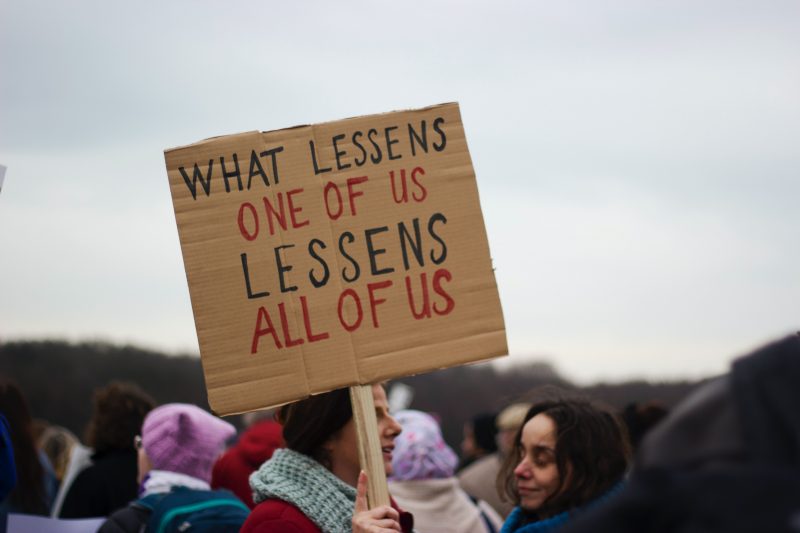
4.) An explicit call for racial equity and justice work in schools – This past year has laid bare the inequitable impact of our systems – of healthcare, education, policing, and so much more. Our systems are designed for the outcomes they achieve, and they do not serve students and families equitably. This year has required schools to look more deeply at the ways in which they are embedding liberatory practices into their work – schools are deepening their focus on racial identity development, holding themselves accountable for equitable access and outcomes, supporting families in new ways, and providing identity affirming educational experiences for their students.
Where we are seeing this come to life…

Aurora Institute: The Aurora Institute recently published a book – A Promise for Equitable Futures – which calls upon states to enact a ‘Learner Promise’ that will enable systemic opportunities that guarantee entry into meaningful, chosen careers that will build social and economic capital for all young people.

Highlander Institute: After years of development, Highlander Institute shifted the organization’s foundational pedagogical process to the instructional approach encapsulated in the Culturally Responsive and Sustaining Pedagogy (CRSP) Framework. Grounded in research, neuroscience, and the rationale of Zaretta Hammond, Gloria Ladson-Billings, and Django Paris, our model highlights the importance of relationships, community building, developing student ownership, and cultivating higher-order thinking skills. Highlander’s anti-racist approach builds the capacity of teachers and students to disrupt inequitable systems and create more relevant and empowering learning environments.

Transcend Education: There are about 100,000 members of the Lakota tribe in the United States and COVID-19 has deeply impacted Indigenous communities. As members of the Lakota community were wrestling with the impact of COVID-19 on their childrens’ learning and looking to un-enroll their children from the public school district – the Lakota Oyate Homeschool Co-Op was born. The Co-Op embeds their cultural knowledge in all of their systems with school days beginning by smudging the schoolhouse to “cleanse our minds, and make positive thighs so that we can walk in a good way for our people, each other, and the Creator.” Students then work in multi-grade pods and are supported by the whole community.
This past year has had no shortage of hardship and yet there were moments of innovation. The field is sharpening its focus on areas of education and learning that have long been in the background and we are hopeful they will remain in the fore as we emerge from the pandemic.
Our hopes for the future of learning…
This past year has shown us so much about what wasn’t working. But it has also given us glimmers of hope for what the future could look like in education if personalized learning innovations are more widely disseminated. This moment is unlike any other. There is significant federal investment in education. Students, teachers, school leaders, and communities are prepared for and demanding substantive change. Collectively, the field is asking bigger questions about the future of learning and our education system in this country.
We hope to see the bright spots from this past year amplified and take hold for the long term.
We hope educators and communities think holistically about the unique strengths and needs of their students – providing comprehensive and equitable support.
We hope our schools celebrate and affirm the identities and backgrounds of their young people, which includes tapping into the assets that their families bring to the table. Through this effort, we hope schools can produce more equitable outcomes.
We hope schools, communities, and families band together and pursue innovation journeys to meet the needs within their own communities and that these journeys allow communities to leapfrog from “schools” to a vision of “learning ecosystems” where the community is the classroom and learning happens anywhere, anytime.
We hope to see a modernization of professional development that will allow all of our other dreams for the future of education to come true.
We hope that communities across the country rethink the purpose of education and align new initiatives to a more holistic view of equity and excellence in learner development.
The field of education is poised at a unique moment of opportunity; we can use this moment to build the schools and learning environments that your young people deserve. The organizations in the Personalized Learning Initiative cohort have been working with communities across the country to center voices of students, families, and communities to shift our education system and design learning environments for the future. For this opportunity to take hold, we must keep our appetite for innovation. As schools reopen, the desire to “return back to normal” could limit this appetite for change. We must do what we can to extend our innovation runway and center the voices of students and communities in designing future learning environments. Change is slow. Change is hard. And we know change is possible.
Learn more about the organizations in the Personalized Learning Initiative cohort and their thoughts on the future of learning:
- From Aurora Institute:
- From Big Picture Learning (ImBlaze):
- From LEAP Innovations:
-
- Lessons from Chicago: School Community Reflections on Navigating the Shift to Remote Learning at the Beak of COVID-19
- (Forbes) A COVID-19 Remote Learning Paradox: How Two Schools are Enabling Even More Personalized Learning from a Distance
- (Forbes) Finding the Teaching Moments During COVID-19
- (Forbes) How one school network’s focus on student agency has prepared students for at home learning amid COVID-19
-
- From PowerMyLearning:
-
- From The Learning Accelerator:
- Real-Time Redesign: A practical toolkit for improving equity and resiliency in schools
- Every education leader deserves expert coaching to manage through and beyond COVID-19
- How any school can personalize learning
- What we learned from the Strategy Lab
- The pandemic forced many to change how they teach the arts. What can we learn from them?
- From The Learning Accelerator:
- From Transcend Education:
- Learn more about Valor Collegiate Academies
This piece is the first in a series where we will share thoughts about the future of education from different stakeholder groups including parents and students. Stay tuned for future pieces.